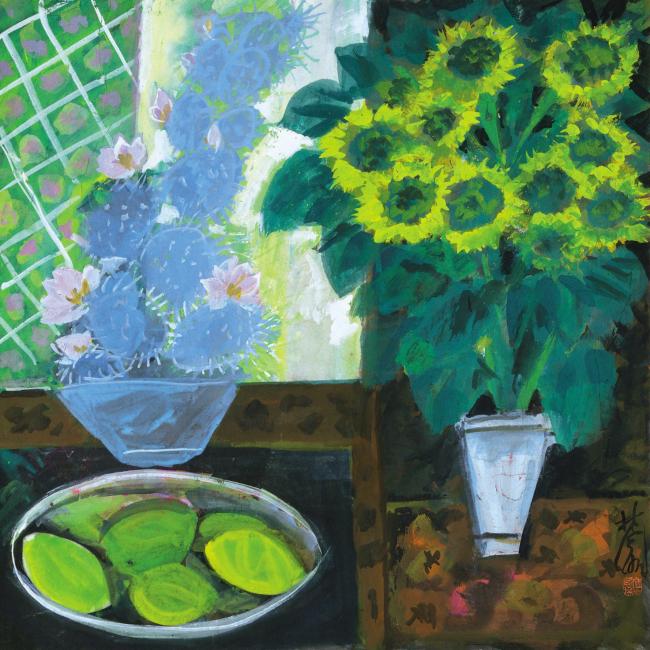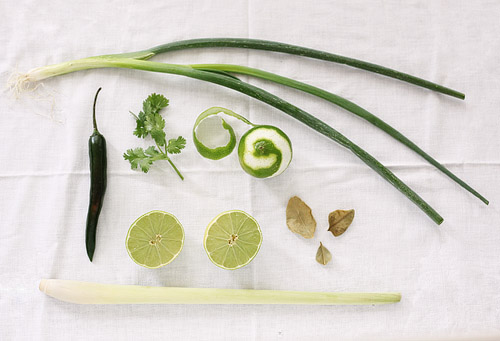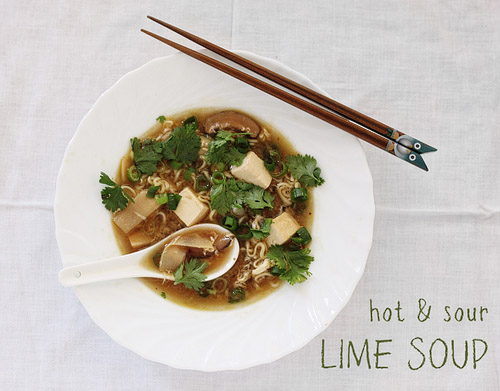When considering the colour green, there are a number of connotations that are promptly conjured; green is the colour of money and wealth, through which one can become ‘green with jealously.’ Likewise, it is the colour of nature, growth, and life and one can have a ‘green thumb.’ It is within the secret green porcelain of China, called mi se meaning ‘mysterious colour’, that the two connotations of the colour intersect. Mi se was produced in the 9th and 10th centuries in China and was reserved for only the Emperor to see – let alone use – and the porcelain was so secretive that first verified example was not discovered until 1987. The porcelain was more valuable than gold and silver although its popularity ‘stemmed partly from the Chinese tendency to mythologise art, in order to appreciate it better (1).’ The green colour of mi se was derived from a small amount of iron in the glaze and the porcelain itself was obtained from nature. Mi se ‘comes from the mountains – from their earth and their forests. The wood was used for firing…and the clay was used for the body of the porcelain. But the two together – as wood ash and kaolin – were also used for the glaze that makes up its delicate skin and jade-like colour (2).’ This green porcelain of the earth represented the pureness of nature yet was an elusive commodity that embodied the wealth and power of the Chinese elite.

Born in 1900, Lin Fengmian began his artistic education as a self-taught pupil with his formal studies commencing, after a move to France, at the Dijon National Academy of Fine Arts in 1920. While in Europe, Fengmian travelled to Berlin and was introduced to the northern European painting movement which contributed to his interest in the combination of Eastern and Western aesthetic concepts. Still Life (1988) was completed at the end of Fengmian’s life and most likely features a small vignette from his own home in Hong Kong. Although he worked within the language of Western visual culture, his work is uniquely Chinese through the use of the traditional materials of ink and rice paper. Unique to his art is the square format and bright colours and by painting within the Western aesthetic, Fengmian’s work is comprehensible to international viewers.

Hot & Sour Lime Soup
Yield: 6 servings
1 teaspoon vegetable oil
1 green chili, de-seeded and minced
2 tablespoons ginger, minced
1 clove garlic, minced
zest of 1 lime
juice of 2 limes
1 tablespoon brown sugar
6 cups vegetable stock
1 stalk lemongrass, quartered and crushed
2 dried makrut lime leaves
1.5 teaspoons soy sauce
1/2 cup sliced bamboo shoots
1 packet egg noodles
1 block firm tofu, cut into cubes
1/3 cup re-hydrated shiitake mushrooms, cut into strips
1 teaspoon rice wine vinegar
1/2 teaspoon dried chili flakes
2 large eggs
small bunch fresh cilantro
3 stalks green onion, finely sliced
In a large pot, heat the vegetable oil over medium-high heat. Stir fry the chili, ginger, garlic and lime zest for 1 minute before adding the lime juice and brown sugar. Swirl around the bottom of the pot for about 30 seconds and add the vegetable stock. Cut the lemongrass into quarters and smash with the side of a knife. Stir the soup well and add the makrut lime leaves, lemongrass stalk and soy sauce. Bring the soup to a simmer and cook for about 15 minutes over medium heat to develop the flavors.
After the soup has reduced slightly and the flavors have become concentrated, remove the makrut lime leaves and lemongrass. Add in the bamboo shoots, egg noodles, firm tofu and mushrooms. Cook for about 5-10 minutes, until the noodles are soft.
Meanwhile, beat the eggs in a small bowl. Add the rice wine vinegar and dried chili flakes to the soup and begin to swirl the broth. In a small stream, pour the egg mixture into the soup, carefully stirring to keep the tofu from breaking apart. Once the egg is incorporated, add the cilantro and green onion and serve immediately.

………………………………………………..

15 comments
Megan Fizell (@tresjoliestudio) says:
Mar 7, 2011
Colour Green – Lin Fengmian – Hot & Sour Lime Soup http://goo.gl/fb/Xhp31 #food #art
Rosa says:
Mar 7, 2011
What a wonderful soup! Those are fabulous flavors.
Cheers,
Rosa
Julie says:
Mar 8, 2011
I was hoping to see an example of ‘mi se’ – you have really piqued my interest!
cha sen says:
Mar 8, 2011
The exuberance in the painting is making me think of spring.
Joanne says:
Mar 8, 2011
I’ve always found it so funny that green is the color of envy but also that of beautiful lush growth. Seems so counterintuitive.
This soup sounds delicious! I love that photo of all the green ingredients.
cary says:
Mar 8, 2011
what a lovely tasteful blog!
sally says:
Mar 8, 2011
Love the color and the soup! It looks fantastic!
Megan Fizell (@tresjoliestudio) says:
Mar 8, 2011
Considering the color green: wealth, nature and secret Chinese porcelain http://goo.gl/fb/Xhp31 #art
Jeanne @ CookSister! says:
Mar 8, 2011
Wonderful soup and wonderful pictures! I am seriously in love with those chopsticks… Also intrigued by the whole idea of the colour project!
courtney says:
Mar 9, 2011
oh mi gosh! Just found your blog and just have to say this is quite possibly one of the lovliest blogs. Cooking art!!! So wonderful. You capture the ultimate simplicity and beauty of food and translate it into a meal. Wondeful. Thanks for the inspiration and knowledge you share!
deana says:
Mar 9, 2011
Ever so lovely green. There is something wonderful about hot spicy lime and lemongrass. Great looking soup and delicious sounding. It would shoo a cold away in a minute.
Heavenly Housewife says:
Mar 10, 2011
Beautifully done, your soup really captures the lively green in the painting!
*kisses* HH
Big Fan says:
Mar 10, 2011
Looks yummy and I love the chop sticks.
Maria @ Scandifoodie says:
Mar 10, 2011
I found your blog through ‘Redesign the Recipe’ website. Good luck for the competition, your blog is so creative and beautiful!
OohLookBel says:
Mar 10, 2011
Love the hot and sour flavours in this soup. Cute chopsticks, too.
And how great is your entry in the recipe redesign contest. Fabulous!